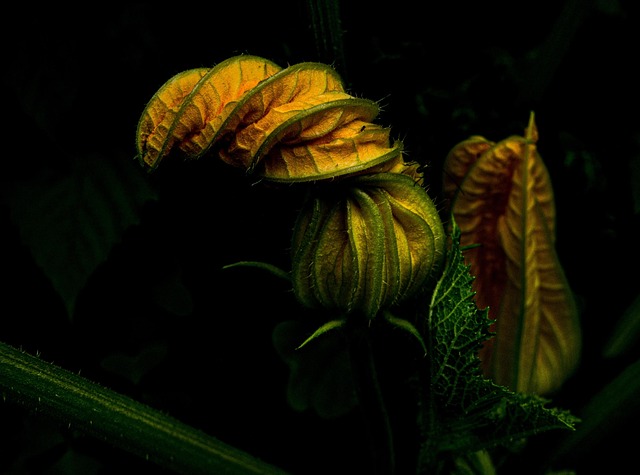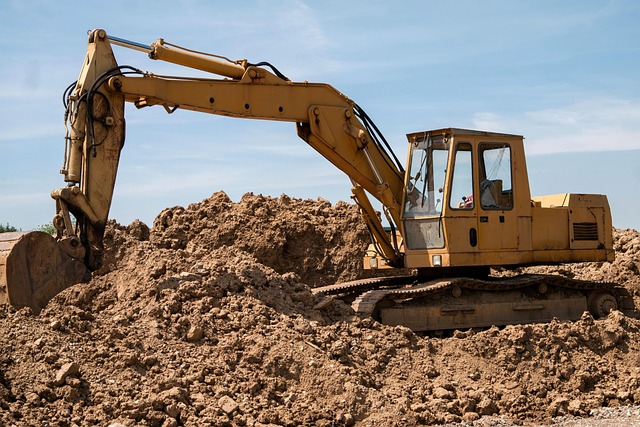As we navigate through a world increasingly impacted by climate change and environmental degradation, the importance of long-term sustainability in our gardening practices cannot be overstated. The act of planting a simple seed is not just about growing food; it’s an investment in a healthier planet and a greener future for generations to come.
When you choose to cultivate your own vegetables and fruits, you are not only adding delicious, organic options to your table but also contributing to the health of the environment. By opting for environmentally friendly gardening techniques, we can reduce our carbon footprint and promote biodiversity. Techniques such as companion planting, organic pest control, and water conservation all play a crucial role in long-term sustainability.
Consider the impact of monoculture farming, which is prevalent in commercial agriculture. This method depletes the soil and increases dependence on chemical fertilizers and pesticides, often resulting in detrimental effects on local ecosystems. In contrast, home gardeners have the unique opportunity to implement permaculture principles, creating a thriving environment that mimics nature. By planting a diverse array of crops, we enhance soil health, improve pollinator habitats, and foster a resilient ecosystem in our backyards.
Moreover, embracing sustainability in your vegetable and fruit gardening means making conscious choices that align with eco-friendly practices. Using native plants, which are naturally adapted to the local climate, can help reduce the need for excessive watering and chemical treatments. Mulching can not only help retain moisture but also suppress weeds naturally, reducing the need for harmful herbicides.
Another powerful way to promote long-term sustainability is by practicing crop rotation. This technique not only enhances soil health but also reduces the risk of pests and diseases that thrive when the same crops are grown in the same location year after year. By rotating your crops, you contribute to the ecological balance in your garden, fostering a healthier environment.
Composting is a brilliant practice that every gardener should adopt. By recycling kitchen scraps and yard waste, you can create nutrient-rich soil amendments that reduce the need for synthetic fertilizers. This not only nourishes your garden but also helps close the loop in our waste management systems, contributing to a green and sustainable future.
As you cultivate your garden, remember the importance of water management. Collecting rainwater in barrels not only conserves this precious resource but also provides free, chlorine-free water for your plants. Drip irrigation systems can also be implemented to minimize water waste and ensure that plants receive the moisture they need to thrive.
In addition to these practices, it’s essential to engage with your community to promote awareness about long-term sustainability in gardening. By sharing resources, tips, and experiences with fellow gardeners, you can build a network of environmentally conscious individuals passionate about creating a healthier planet. Community gardens can also serve as a hub for education and connection, encouraging others to join the movement toward sustainable practices.
Ultimately, cultivating a garden with long-term sustainability in mind means respecting the delicate balance of nature. Through mindful practices, we can create spaces that are not only aesthetically pleasing but also beneficial for our planet. A green future starts small, with each seed we sow today contributing to a richer, more sustainable tomorrow. Together, let’s take the steps necessary to ensure that future generations can enjoy the fruits of our labor in a thriving, healthy environment.




